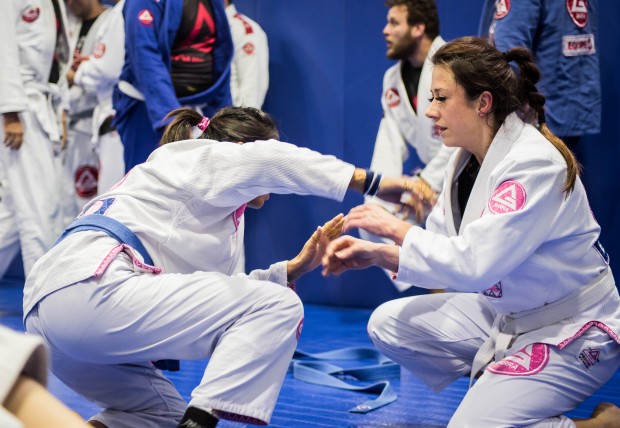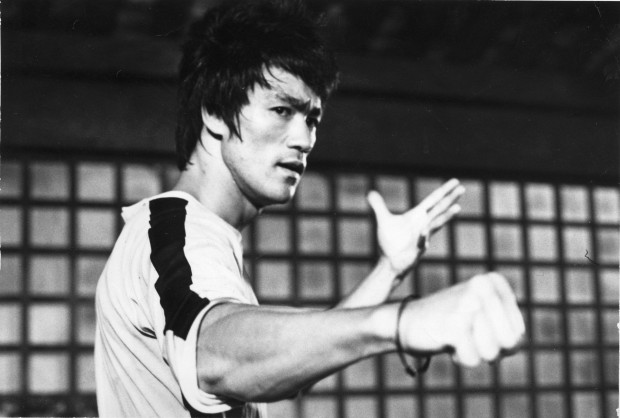4 Principles of Bjj You Can Use Today
In another article we talked about Techniques vs. Concepts (Concepts vs. Techniques – Two Ways of Learning BJJ )in your learning of jiu-jitsu. This week I would like to offer a few ideas on how you can identify and utilize the concepts of “the gentle art” that will lead to a deeper understanding of the “WHY” Jiu-Jitsu is so effective for the smaller person to defeat a larger, stronger opponent.
Here are 4 Principles of Jiu-jitsu that you should be aware of and look to employ in your bjj:
1) Use strongest the parts of your body against weaker parts of your opponents body
The straight arm lock from mount is a perfect example of this principle. When executing the arm lock, you are using the strongest muscle chain in the human body (the hips and legs) against the relatively smaller and weaker elbow joint of the opponent. Furthermore, both of your arms holding one of the opponents (2 on 1!) and using both legs to control the opponent’s body movements.
Matching arm strength against arm strength of a bigger, more powerful opponent will only result in the smaller losing the battle. But when the smaller opponent can use their strongest against the weakest of the bigger opponent, they may gain the leverage advantage.
2) Use action / reaction to attack
There is an old cliche about the “softer” styles of martial arts like aikido and tai chi where a wizened old man is able to “Use the opponent’s their force against them” to effortlessly toss a hulking opponent.
This principle is not purely the stuff of martial arts legend or movie choreography! Judo and wrestling use this principle to setup most of the throws and takedowns. Trying to control a standing opponent is very difficult compared to the ground fight, as the opponent has freedom of movement and can instantly react and move away from the attacker.
Knowing that any attack will provoke a reaction, the clever martial artist will first fake an attack to disguise their true intention. Then use the opponent’s reaction (shift in balance, weight and mental attention) to create the opening for the successful technique!
The applications for this principle in bjj are infinite.

read also: Fake It ‘Til You Make It
3) If you can’t move your opponent, move your own body.
My first bjj professor said that the most difficult thing for beginners to learn in bjj was to move the hips. We have been trained to use our arms to pull or push since childhood and bjj is now asking that we instead move our entire bodies.
This becomes uncomfortably clear when trying to escape from bottom of side control for most students. Your arms are simply not strong enough to lift a heavy opponent’s weight off of your chest (especially when you are fatigued!). The solution is simple: “If you can’t move your opponent’s body around, move your own body.”Move your hips!
* TIP: This advice is critical for attacking the armlock from the guard!
4) “Be like water”
Bruce Lee expressed this concept of being adaptable to your opponent in a fight. The nature of combat is inherently unpredictable. No conflict between evenly matched opponents goes according to the way “it is supposed” to happen.
The opponent has a will and force of their own and may be successful at defending even your best techniques or carefully planned strategy. This requires the student of jiu-jitsu to adapt their movements in a split second and move from an ineffective attack to a different tactic.
I have often observed inexperienced students fall in love with a certain technique and stubbornly persist in trying to complete it even though the opponent has applied 100% of their defence against it.

What would Bruce do?
Be willing to change your position and adapt to your opponents moves!
What is your favorite principle of jiu-jitsu?
